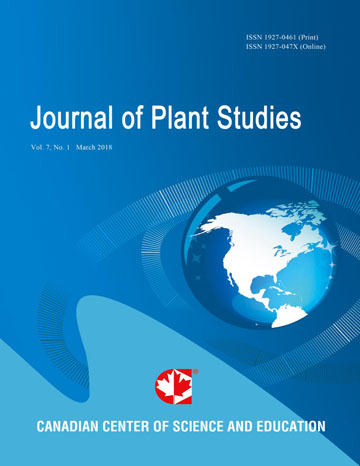Production of Bioactive Lichen Compounds by Alginate-Immobilized Bionts Isolated from Cladonia verticillaris: An in Vitro Study
- Rocío Santiago
- Mónica Cristina Martins
- Tais Nascimento
- Luis Filipe de Barros
- Matheus Vilaça
- Emerson Peter Falcão
- Nicácio Henriques da Silva
- María Estrella Legaz
- Carlos Vicente
- Eugênia Cristina Pereira
Abstract
Bionts isolated from thalli of Cladonia verticillaris, immobilized in calcium alginate, produce two depsidones, fumarprotocetraric and protocetraric acids, and the depside atranorin, that exhibit antimicrobial activity against Staphylococcus aureus, Escherichia coli and Klebsiella pneumoniae. Organic lichen extract (acetone/ether/chloroform) shows the highest antimicrobial activity due to a possible synergism between these substances. Antioxidant capacity of soluble metabolites secreted from the immobilisates to the bath medium of incubation during the first 12 days of immobilization has been found (˃80% oxidation inhibition). The concentration of soluble phenolic substances depends on the immobilization time (during 32 days), exogenous supply of acetate (1.0m mM sodium or calcium acetate) and on the type of isolated biont (phycobionts, mycobionts, whole thallus or immobilized phycobionts co-incubated with the mycobionts ones).
The role of phycobionts in phenol production has been interpreted as a possible modification of the polymalonyl pathway; for example, atranorin is actively produced and secreted during immobilization while it is not detected in thallus in natura. Co-incubated bionts secrete higher amounts of atranorin to the media during the first 12 days of immobilization. Immobilization of isolated bionts could be used as a biotechnological technique to obtain a potential source of biological active compounds.
On the other hand, the physiological state detected of C. verticillaris in the Cerrado is much better for experimentation than that of the specimens collected in Caatinga since, in this case, the thalli showed the fragility that the extreme environmental conditions of the semi-arid region of NE Brazil impose on this lichen species. To date, no priority has been defined for lichen conservation in Brazilian ecosystems. It is therefore suggested that it imust important to include lichen ecophysiology studies in public conservation policies.
- Full Text:
 PDF
PDF
- DOI:10.5539/jps.v9n1p43
Index
- AGRICOLA
- CAB Abstracts
- CABI
- CAS (American Chemical Society)
- CNKI Scholar
- Elektronische Zeitschriftenbibliothek (EZB)
- Excellence in Research for Australia (ERA)
- Google Scholar
- JournalTOCs
- Mendeley
- Open policy finder
- Scilit
- Standard Periodical Directory
- Technische Informationsbibliothek (TIB)
- WorldCat
Contact
- Joan LeeEditorial Assistant
- jps@ccsenet.org
